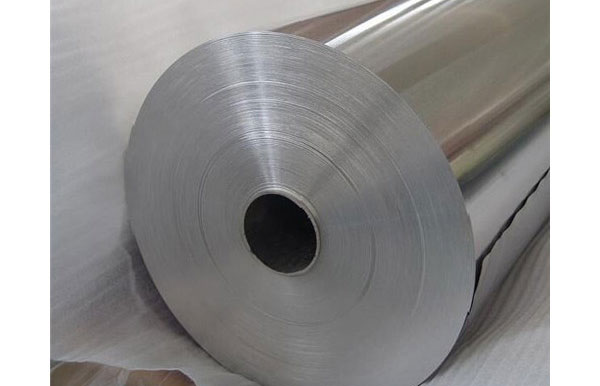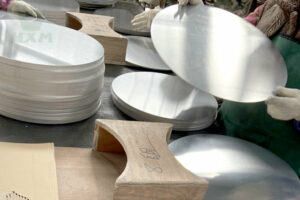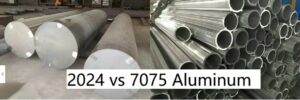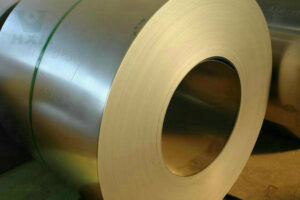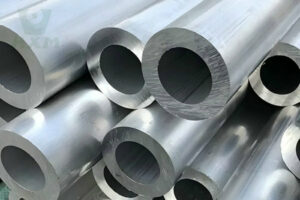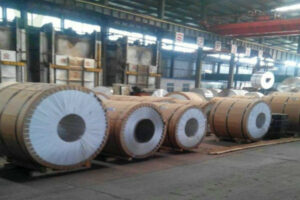Foil materials have become indispensable in the fields of packaging, cooking, and insulation. Among them, Tin Foil vs. Aluminum Foil are two well-known choices. Despite their similar appearance, these materials differ in composition, performance, and application. For manufacturers and end users, understanding these differences is crucial to making the right choice. This blog will provide an in-depth comparison of aluminum foil and tin foil to help you decide which material is better suited to your needs.
What is Aluminum Foil?
Aluminum foil is a thin sheet made of aluminum metal. It is made by rolling aluminum ingots into thin sheets, usually 0.2 mm or less thick. Due to its excellent properties, aluminum foil has become a popular choice for various industries.
Main Features of Aluminum Foil
- Composition: Made mainly of pure aluminum (99% or more).
- Properties: High flexibility, excellent thermal and electrical conductivity, and excellent corrosion resistance.
- Common Uses: Industrial applications such as food packaging, cooking, insulation, and heat exchangers.
What is Tin Foil?
Tin foil was historically made from thin sheets of tin. Before aluminum foil became commercially available, tin foil was widely used. However, due to the superior performance and lower cost of aluminum foil, tin foil is rarely used nowadays, and people usually refer to aluminum foil in colloquial language.
Main Characteristics of Tin Foil
- Composition: Made of tin metal, known for its ductility and corrosion resistance.
- Properties: Softer and more brittle than aluminum foil, and has lower thermal conductivity.
- Common uses: Historically used for wrapping food and storing perishable items. Rarely used in modern times.
Tin Foil vs. Aluminum Foil: What’s the Difference?
Composition of Tin Foil vs. Aluminum Foil:
Aluminum Foil: Made from pure aluminum.
Tin Foil: Made from tin metal.
Mechanical Properties: Tin Foil vs. Aluminum Foil
Aluminum Foil: Stronger, more durable, and less prone to tearing.
Tin Foil: Softer and more fragile, making it less suitable for heavy-duty applications.
Physical Properties: Tin Foil vs. Aluminum Foil
Thermal Conductivity: Aluminum foil excels with better heat transfer capabilities, making it ideal for cooking and insulation.
Weight: Aluminum foil is lighter compared to tin foil of the same thickness.
Corrosion Resistance: Tin Foil vs. Aluminum Foil
Aluminum Foil: Highly resistant to corrosion due to its natural oxide layer.
Tin Foil: Moderately resistant but can corrode over time in certain environments.
Cost: Tin Foil vs. Aluminum Foil
Aluminum Foil: More cost-effective due to the abundance of aluminum and efficient manufacturing processes.
Tin Foil: More expensive and less economical for modern industrial applications.
Applications
Aluminum Foil:
Packaging for food and pharmaceuticals.
Thermal insulation for construction and automotive industries.
Electrical applications like cable wrapping.
Tin Foil:
Limited modern applications, primarily historical or niche uses.
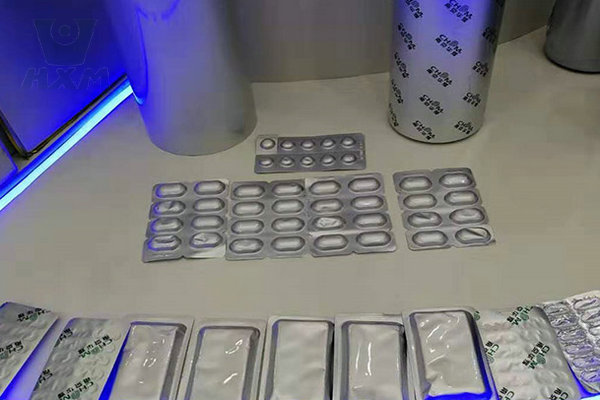
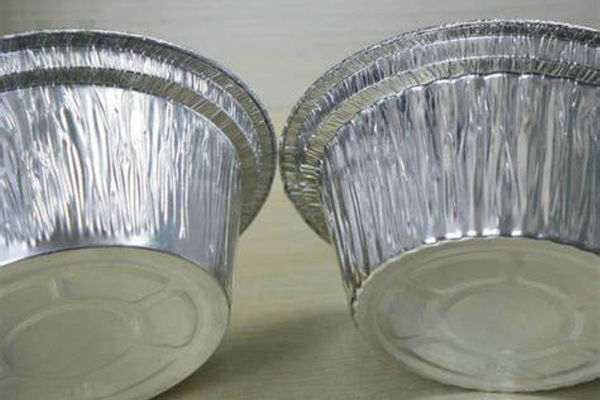
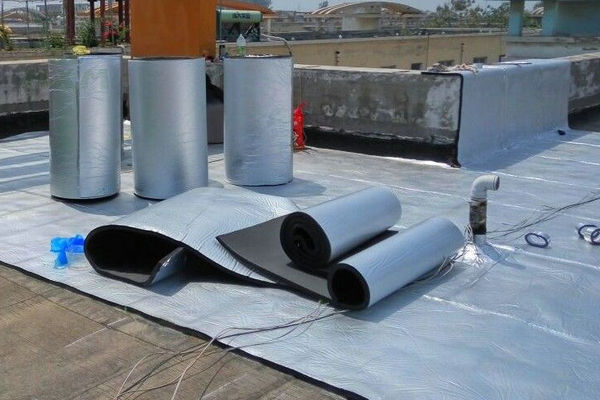

Conclusion: Which Is the Better Choice?
According to the comparison, aluminum foil is the best choice for almost all applications. It has better mechanical strength, thermal conductivity, and cost-effectiveness compared to tin foil. Although tin foil has historical significance, its practical use in modern industry is almost obsolete.
As a purchaser, choosing aluminum foil is a logical choice because it is versatile and affordable. At Huaxiao Metal, we specialize in providing high-quality aluminum foil for a wide range of applications. If you are looking for a reliable aluminum foil supplier and competitive aluminum foil prices, please feel free to contact us.
